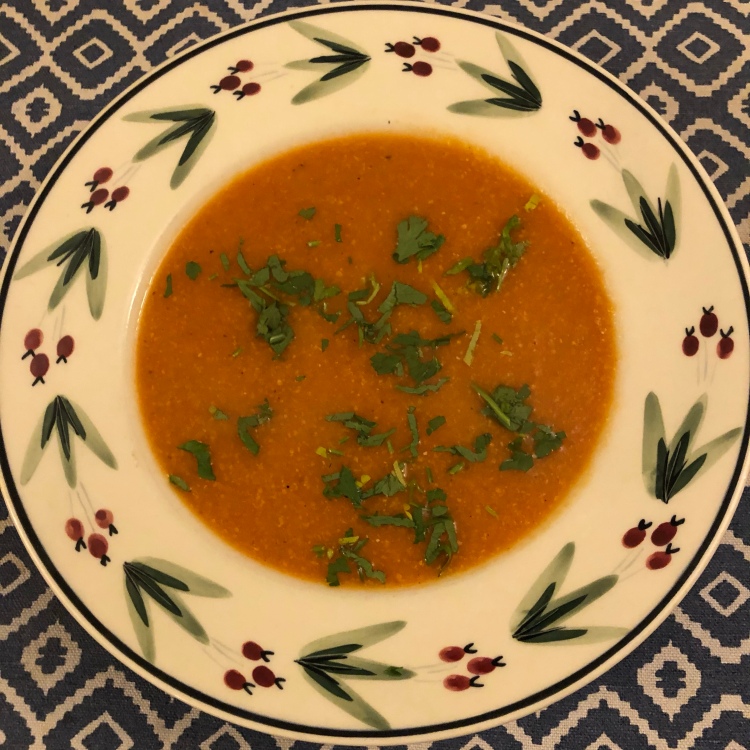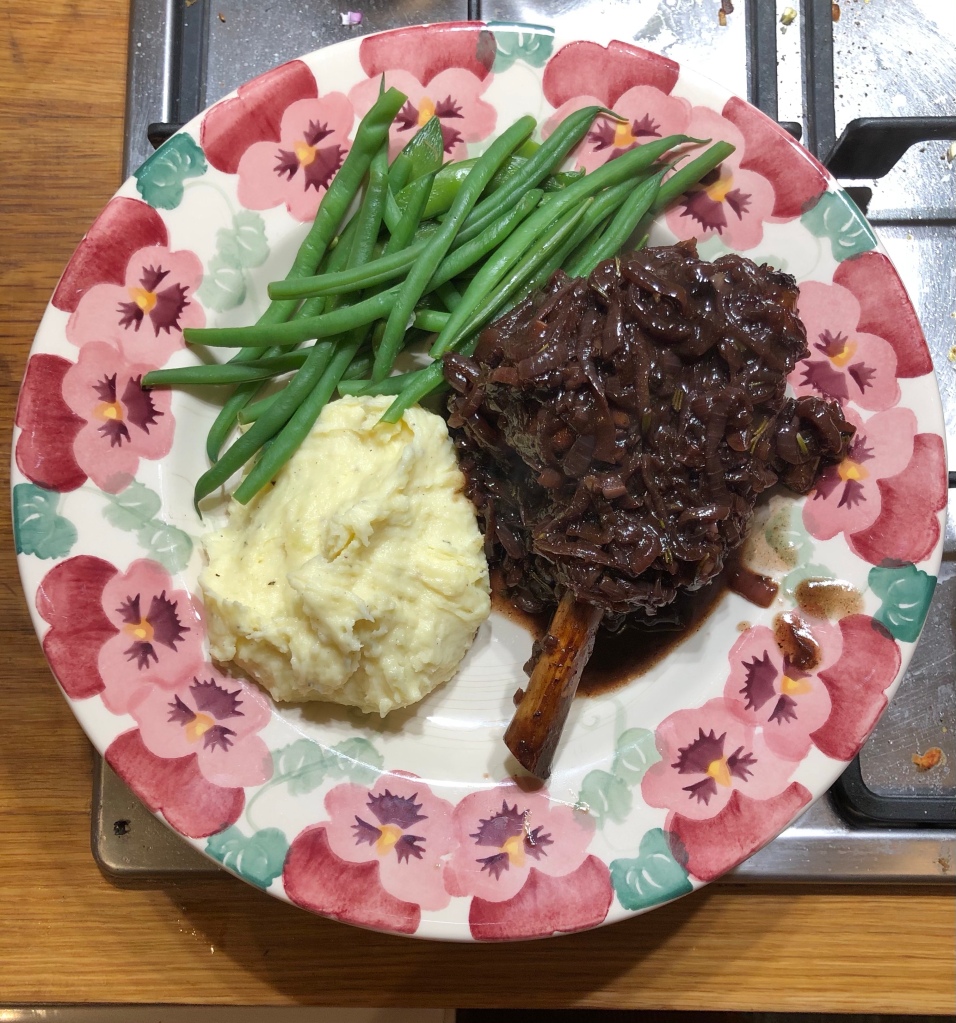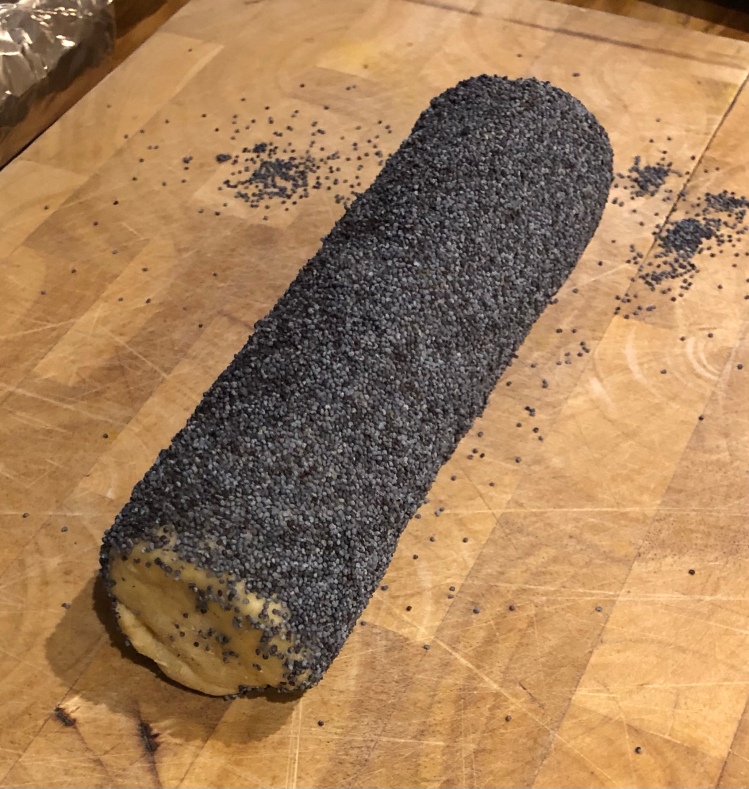We tried this out for the first time back in Tarleton Gardens, after I received a copy of Sam & Sam Clark’s book Casa Moro for Christmas 2004. It’s a wonderfully simple and quick recipe, easy to rustle up for a weekday supper, and it has enjoyed a new lease of life since our return to West London, where I’ve found a great source of affordable frozen squid just around the corner. Belazu’s harissa is my preferred ready-made brand but I’ve recently made my own for the first time, using Nigella’s excellent recipe in Cook, Eat, Repeat (2020), which is reproduced below.

Serves 4
3 medium squid, about the size of your hand, cleaned (300g prepared weight)
3-4 tbsp olive oil
Salt & pepper
60g harissa
200g peeled raw prawns
3 tbsp roughly chopped fresh coriander
a squeeze of lemon
Method
Clean the squid, then cut the bodies into small strips or rounds no bigger than 1cm wide, and the tentacles in halves or quarters, depending on size.
In a large frying pan, heat the olive oil over a high heat. When it just begins to smoke, add the prawns and squid and sizzle for roughly a minute, stirring a couple of times. Then add the harissa and stir again. Finally, add the coriander and taste for seasoning. Serve immediately with bread and salad, dressed with olive oil and lemon.
Nigella’s apricot harissa
Ingredients
20g large dried chillies, such as Kashmiri chillies
1 tsp caraway seeds
1 tsp coriander seeds
1 tsp cumin seeds
Seeds from 4 cardamom pods
45g (approx 6) soft dried apricots
15g fresh turmeric (or 1 tsp dried turmeric)
4 fat cloves of garlic
25g fresh ginger
2 tsp sea salt flakes (or 1 tsp fine sea salt)
1 tsp sweet smoked paprika
4 x 15ml tbsp (60ml) olive oil
1 tsp apple cider vinegar
Method
Put the dried chillies in a bowl or jug and pour over about 500ml water from a just-boiled kettle. With a spoon, press the chillies down under the water (don’t try to weigh them down with something heavy if you want to avoid some dramatic consequences – accept that they will keep bobbing up), then cover with a plate and leave the chillies to soften for 15 minutes.
Put the caraway, coriander and cumin seeds, along with the seeds from the cardamom pods, into a frying pan and toast them all over a medium heat for a few minutes, shaking the pan regularly to make sure they don’t burn. When the spices are lightly coloured and releasing their aroma, tip them into the bowl of a blender.
Halve the apricots, slice the turmeric (if using the fresh root) into three pieces, peel the garlic, peel and roughly chop the ginger and add all this to your blender, along with the salt and paprika (and dried turmeric if you’re not using fresh). Lift the chillies out of their soaking water, pull off the stalks and drop into the bowl. Pour in the oil and vinegar and blitz until you have a thick paste. You can do all this with a stick blender instead if you have one.
The mixture will last for 2 weeks in the fridge in a jar – Nigella advises pouring more oil over the surface to cover it before putting the lid on – or you can freeze it in ice cube trays, in which case it will last up to 6 months.














